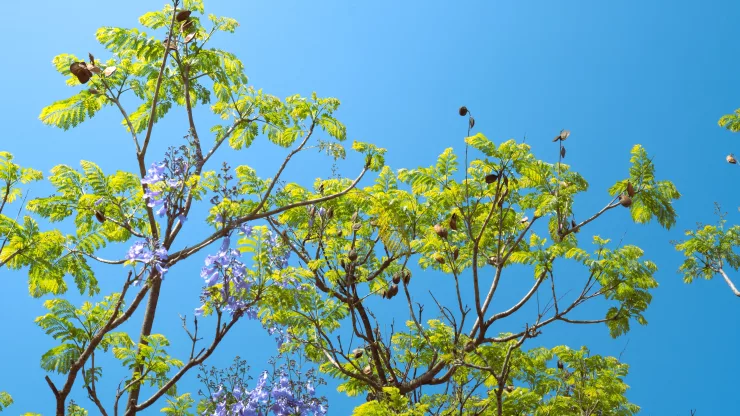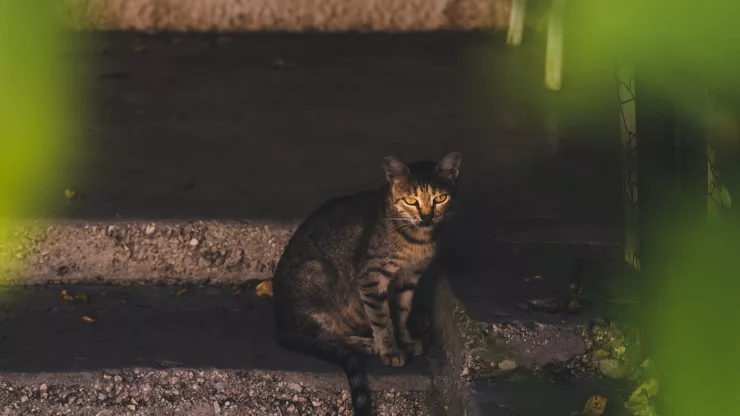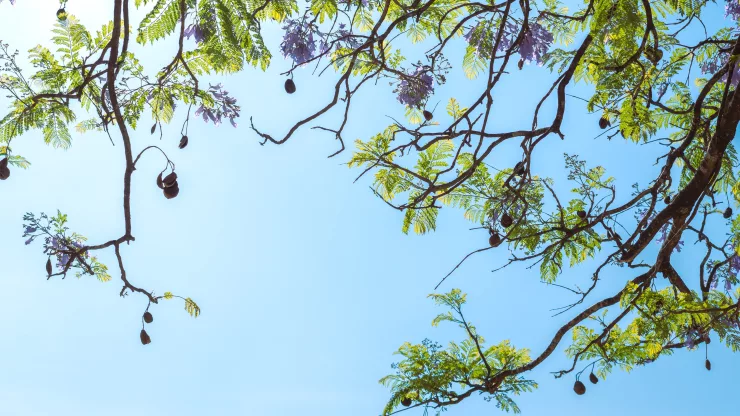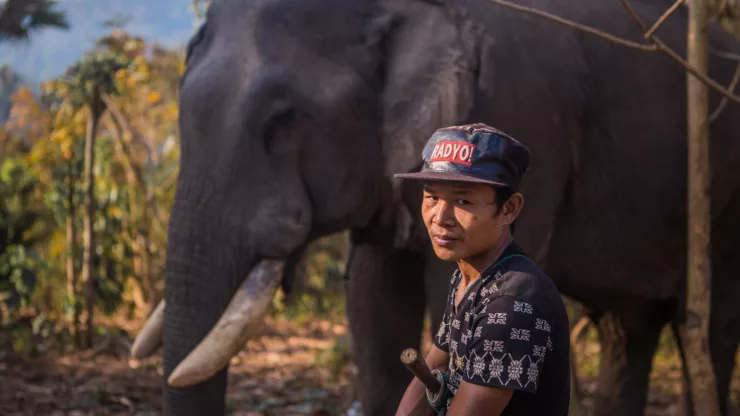Urban wildlife plays an important role in maintaining the balance of nature.
As cities expand, it is crucial to understand the impact of human activities on wildlife and the environment.
This article will explore the role of urban wildlife in ecosystem services, the benefits they bring, the challenges they face, and strategies for supporting them.
Jump to Section
Introduction
Urbanization has led to the loss of natural habitats for wildlife.
However, some species have adapted to living in cities and have become an integral part of urban ecosystems.
Urban wildlife plays a crucial role in providing ecosystem services that benefit humans and the environment.
The Importance of Urban Wildlife in Ecosystem Services
What are Ecosystem Services?
Ecosystem services are the benefits that humans derive from nature. They include air and water purification, soil formation, nutrient cycling, pest control, pollination, and seed dispersal.
These services are essential for our survival and well-being.
Understanding Urban Wildlife
Urban wildlife refers to the animals and plants that live in urban areas.
They include birds, insects, mammals, reptiles, and amphibians.
These species have adapted to living in cities and have unique characteristics that allow them to thrive in urban environments.
The Benefits of Urban Wildlife in Ecosystem Services
Pollination by Urban Wildlife
Pollination is the process by which plants transfer pollen from the male to the female reproductive organs.
This process is essential for the production of fruits, vegetables, and other crops.
Urban wildlife such as bees, butterflies, and birds play a crucial role in pollination.
According to the Intergovernmental Science-Policy Platform on Biodiversity and Ecosystem Services (IPBES), urban pollinators contribute to the pollination of up to 80% of crops in some regions.
Pest Control by Urban Wildlife
Pests such as rodents, insects, and birds can cause damage to crops, buildings, and infrastructure.
However, some species of urban wildlife such as owls, hawks, and bats are natural predators of these pests.
By controlling pest populations, urban wildlife helps to reduce the use of harmful pesticides and the damage caused by pests.
Nutrient Cycling by Urban Wildlife
Nutrient cycling is the process by which nutrients such as nitrogen and phosphorus are cycled through ecosystems.
Urban wildlife such as earthworms, ants, and beetles play a crucial role in nutrient cycling.
They help to break down organic matter, release nutrients into the soil, and improve soil quality.
Seed Dispersal by Urban Wildlife
Seed dispersal is the process by which plants disperse their seeds to new locations. This process is essential for the survival and growth of plant populations.
Urban wildlife such as birds and squirrels help to disperse seeds by carrying them to new locations.
This helps to maintain plant diversity and the health of urban ecosystems.
The Challenges of Urban Wildlife in Ecosystem Services
Habitat Loss and Fragmentation
As cities expand, natural habitats for wildlife are lost or fragmented.
This can lead to a decline in biodiversity and the loss of ecosystem services provided by urban wildlife.
Human-Wildlife Conflict
Human-wildlife conflict occurs when wildlife comes into conflict with humans.
This can happen when wildlife causes damage to property, poses a threat to human safety, or competes with humans for resources such as food and water.
Invasive Species
Invasive species are non-native species that can cause harm to ecosystems, human health, and the economy.
In urban areas, invasive species can displace native species and disrupt ecosystem services.
Disease
Urban wildlife can carry diseases that can be transmitted to humans or other animals. This can pose a threat to human health and the health of urban ecosystems.
Strategies for Supporting Urban Wildlife and Ecosystem Services
Creating Wildlife Habitat
Creating wildlife habitat in urban areas can help to support urban wildlife and maintain ecosystem services.
This can be done by planting native plants, providing nesting boxes and shelters, and creating green spaces.
Managing Green Spaces
Managing green spaces in urban areas can help to support biodiversity and ecosystem services.
This can be done by reducing the use of pesticides and herbicides, providing water sources, and maintaining diverse plant communities.
Reducing Human-Wildlife Conflict
Reducing human-wildlife conflict in urban areas can help to support both humans and wildlife.
This can be done by educating the public about wildlife behavior, implementing humane wildlife control methods, and providing alternative food sources for wildlife.
Promoting Biodiversity
Promoting biodiversity in urban areas can help to support ecosystem services and maintain healthy urban ecosystems.
This can be done by planting diverse plant species, creating wildlife corridors, and reducing the use of non-native plant species.
Conclusion: Supporting Urban Wildlife and Ecosystem Services
Urban wildlife plays a crucial role in maintaining ecosystem services in urban areas.
By understanding the benefits they bring, the challenges they face, and strategies for supporting them, we can create healthy and sustainable urban environments that benefit both humans and wildlife.
FAQ
What is urban wildlife?
Urban wildlife refers to the animals and plants that live in urban areas.
What are ecosystem services?
Ecosystem services are the benefits that humans derive from nature. They include air and water purification, soil formation, nutrient cycling, pest control, pollination, and seed dispersal.
Why is urban wildlife important?
Urban wildlife plays a crucial role in maintaining ecosystem services in urban areas. They provide benefits such as pollination, pest control, nutrient cycling, and seed dispersal.
What are some challenges faced by urban wildlife?
Urban wildlife faces challenges such as habitat loss and fragmentation, human-wildlife conflict, invasive species, and disease.
How can we support urban wildlife and ecosystem services?
We can support urban wildlife and ecosystem services by creating wildlife habitat, managing green spaces, reducing human-wildlife conflict, and promoting biodiversity.
I’m a nature enthusiast and creator of Metro Wilds and have spent years exploring the great outdoors.
With a passion for environmental conservation and sustainability, I have dedicated my career to writing about the beauty and wonders of nature, as well as the threats facing our planet.
Contact me at [email protected] for assistance.





